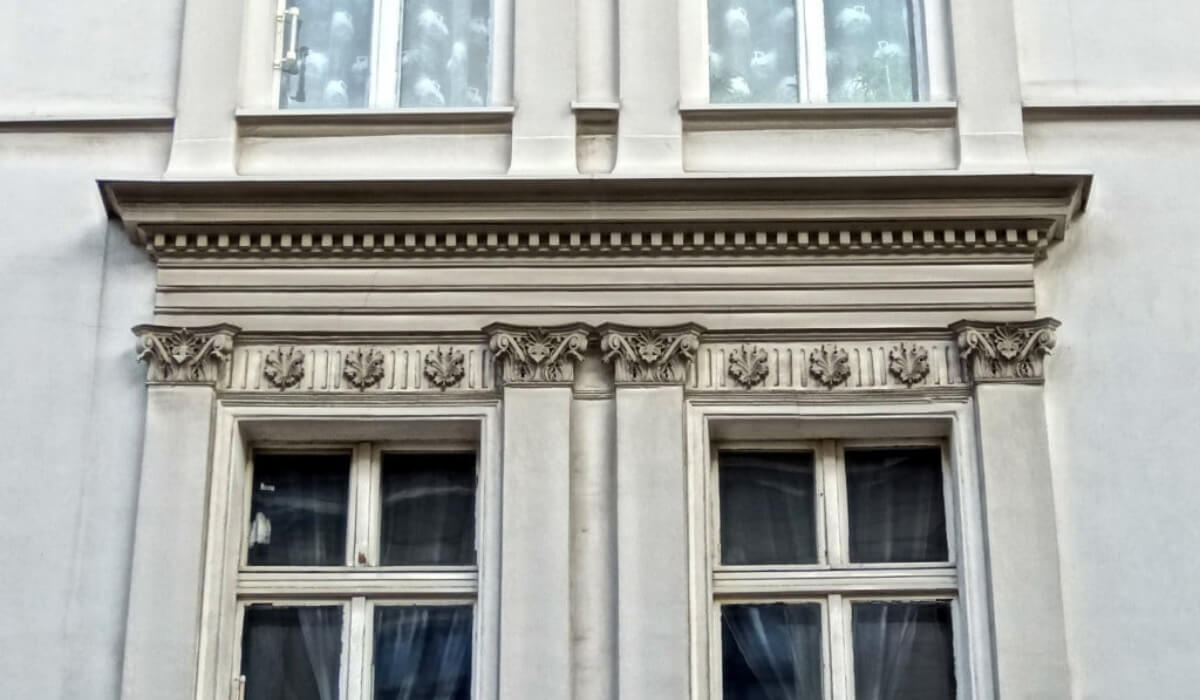Classical architecture has been around for centuries and is still popular today for its timeless beauty and elegant design. If you want to bring classical architectural features into your home, there are several things you can do to achieve this look. In this article, we will explore the steps you can take to create a classic and sophisticated interior in your home.
Determine Your Style
The first step in bringing classical architectural features into your home is to determine what sort of style you are going after. There are several different classical styles to choose from, including early classical revival, Greek revival, and neoclassical. Each of these styles has its own unique characteristics, and it is important to choose the one that best fits your personal taste and style.- Early classical revival: This style was popular during the late 18th and early 19th centuries. It draws inspiration from ancient Greek and Roman architecture and reflects a simpler, more straightforward design style than the ornate Rococo style that preceded it. It is characterized by classical elements such as columns, Pilasters, and entablatures, as well as the use of light and airy colors.
- Greek revival: This style was inspired by ancient Greek architecture and was popular in the late 18th and early 19th centuries. It features classical elements such as columns, pediments, and triangular gables, and is notable for its use of symmetrical design. It is also known for its white color palette and simple, elegant lines.
- Neoclassical: This style was popular in the mid-18th century and was a revival of classical design principles. It was influenced by both ancient Greece and Rome and the classical buildings of the Renaissance. It features classical elements such as decorative columns, pediments, and sculptures, and is notable for its use of symmetry, clarity of form, and elegance. The interiors of neoclassical buildings often incorporated classical motifs, colors, and furniture.
Use Architectural Mouldings
Architectural mouldings are an essential part of classical architecture, and they can be used to add a touch of elegance and sophistication to any room. Mouldings can be used to create a more traditional look, and they can also help to add depth and texture to a room.Use Soft Colours
Another way to bring classical architectural features into your home is to use soft, not bold, colours. Classic colours such as white, beige, and light blue are popular choices, and they can be used to create a clean and fresh look. Bold colours should be used sparingly, as they can detract from the classic feel of a room. Since there is something timeless about the classic style, it works well with a palette inspired by the outdoors.
Use muted shades of yellow, blue, green, and brown instead of bright, primary colours. Following the guidelines for placement will allow you to work with emeralds, plums, and powerful patterns. Traditionalists may choose for off-white, but a modern update can be achieved by utilising bright white for trims and decoration.
Pick two matching armchairs, then put them across from each other on a neutral-coloured sofa with lighter cushions. The 'glue' that holds the look together is the structure or positioning of pieces, and layering in complementary hues brings the space together in a harmonious whole.Focus on Symmetry
Consider symmetry while figuring out where to put your furnishings. If you want to achieve symmetry in the room, consider setting up mirror images, such as two similar sofas opposite each other with a coffee table in the middle, or you could even attempt a configuration with one long sofa and two individual armchairs opposite to achieve the same effect. Start with the largest pieces of furniture and make your way around the space, choosing homes for the smaller pieces of furniture, artwork, and accessories as you go (again, matching pairs seem to work best).
Once you learn this very straightforward strategy for organising furniture, you'll be able to recognise the style in magazines and films and effortlessly implement its principles in your own space. Classic furniture is well-made and often features intricate details like carvings, twisted legs, and inlays, often with a floral or faunal theme.
Popular options include fabrics with modest patterns and textural details, as well as stripes combined with solid colours. Combining modern, geometric pieces with antique, more curvaceous ones to create a fusion that adheres to the rules of placement can yield a timeless aesthetic.
With two end tables next to one other, you have a large surface area. An interesting arrangement can be created by positioning two identical dining chairs in opposite corners of a room. This symmetrical arrangement contributes to the overall sense of peace and traditionalism.Add Art to Your Home
Accessory placement should be given the same amount of consideration as furniture arrangement when trying to create a harmonious whole. Try hanging one huge piece of art dead centre over a sideboard and flanking it with two matching table lights. Or use four or six smaller pieces in a simple grid to mirror the dimensions of a bigger work, or hang artwork of the same shape and colour on the opposite side of a doorway.
There should be harmony between the pillows' colours and their location. Place them facing each other for a more formal look, or set them at an angle to the sofa's corners to mirror the other end's colours and patterns. Maybe arrange the other sofa the same way. If possible, do this with things that come in sets or pairs. You can get more classical by placing two objects of the same size or colour next to each other, or more experimentally by grouping items by shape.Consider Using Classical Materials But Take Note of the Costs
Finally, consider using classical materials, such as stone or marble, to bring classical architectural features into your home. These materials can be expensive, so it is important to take note of the costs before making a decision. However, if you are looking for a timeless and elegant look, these materials are worth the investment.
There are several ways to bring classical architectural features into your home. From determining the style you want to achieve, to using architectural mouldings and soft colours, to focusing on symmetry, to adding art to your home, these steps can help you create a classic and sophisticated interior.
Additionally, consider using classical materials such as stone or marble to enhance the look of your home. Whether you prefer early classical revival, Greek revival, or neoclassical, incorporating classical architectural features into your home is a great way to add elegance and sophistication to your space.








